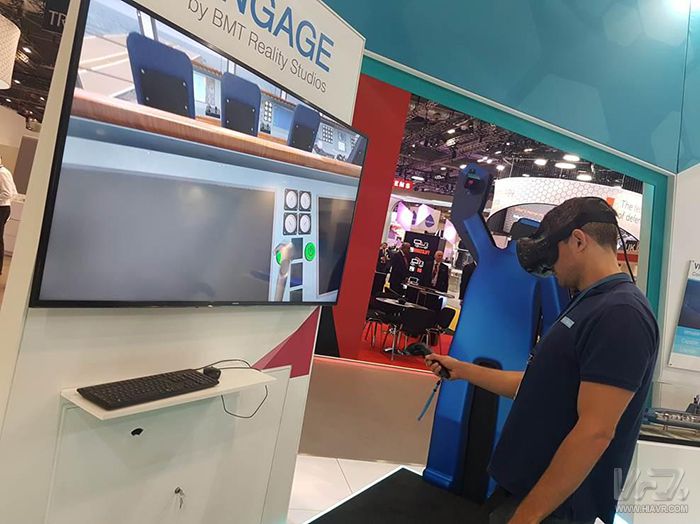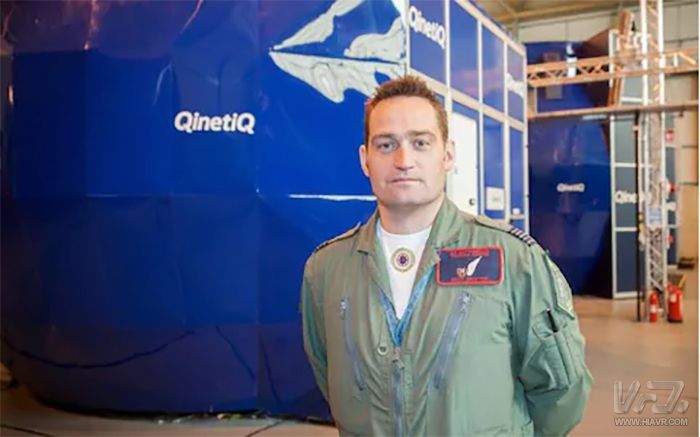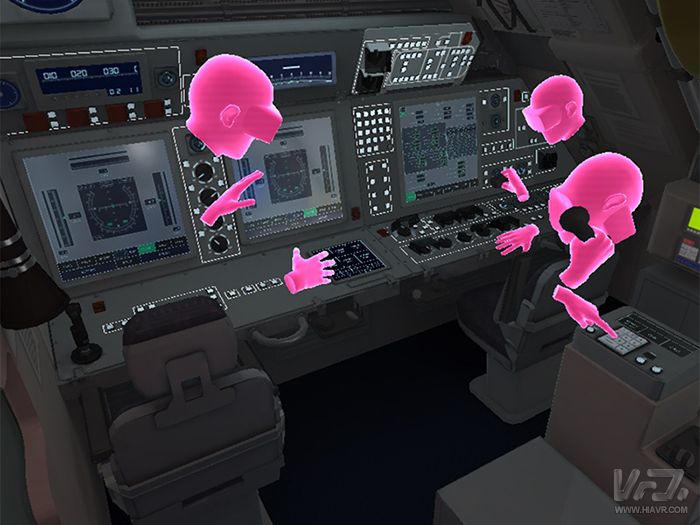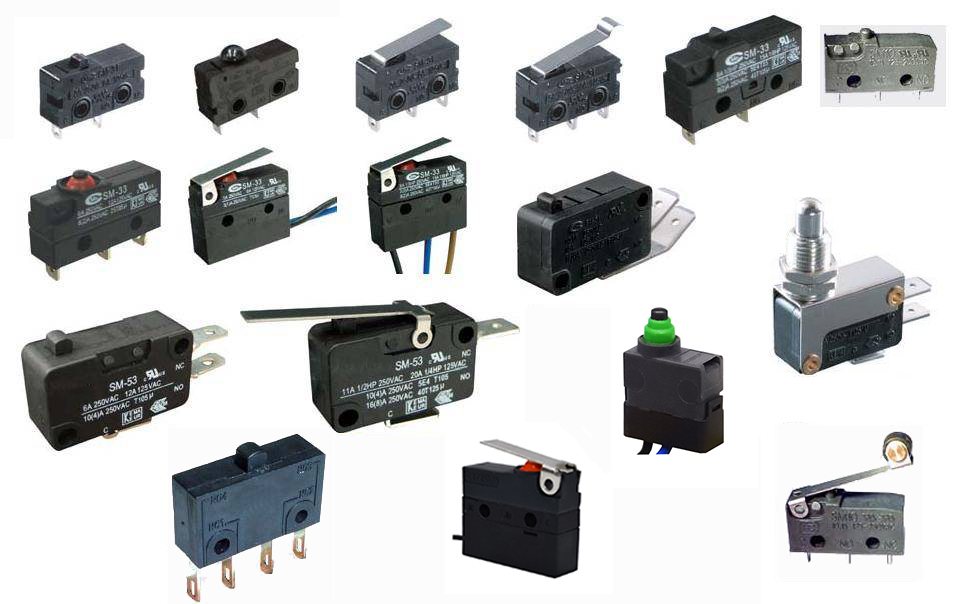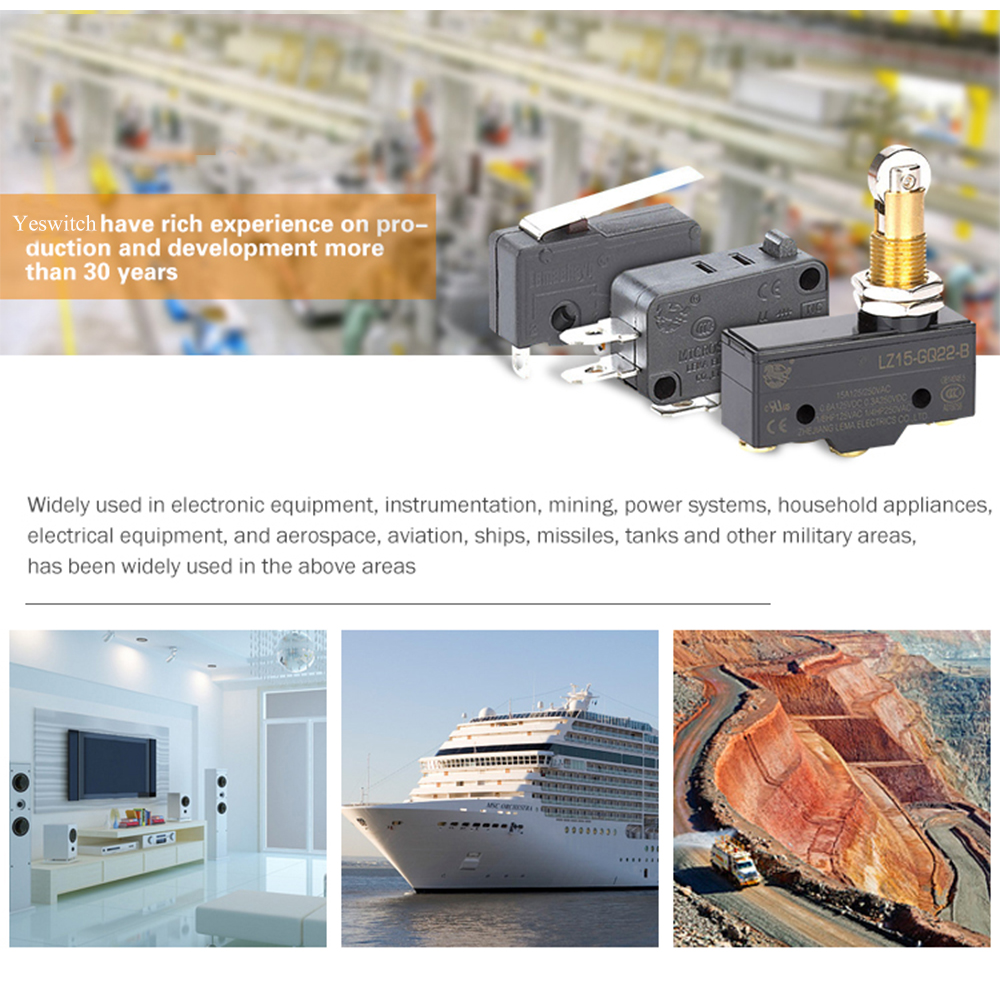In 1896, when the Lumière brothers, pioneers of film and the projector, first showed the short film "Arrival of a Train at La Ciotat," audiences were so startled by the image of the train rushing toward them that many ran out of the theater in fear. What once seemed like a bizarre anecdote has now become a well-known story, highlighting how far cinematic technology has come. Today, with immersive 3D visuals and VR technology, films can create physical reactions in viewers, blurring the line between the virtual and the real. Despite ongoing challenges such as motion sickness in VR environments, the gap between the digital world and reality is shrinking rapidly. This evolution is not only transforming entertainment but also reshaping industries like military training, industrial design, and education. Currently, multinational defense agencies are increasingly recognizing the potential of VR technology. It's being used to simulate complex scenarios for military operations, while also offering valuable tools for training and manufacturing. However, the needs of defense clients differ significantly from those of everyday consumers. Experts note that meeting the high-end visual demands required for military applications is no small task. Yet, it's undeniable that the defense industry still relies on innovations from the entertainment sector to push forward advanced solutions. "Although we use commercial gaming technology, we can leverage it to develop more resources," said Simon Luck, director of BMT’s defense systems. "The entertainment industry generates up to $100 billion annually, and our defense budget cannot match that. Therefore, we must strategically and efficiently use game developers and 3D artists to apply their skills to our systems, bringing their creative solutions into our products." BMT started exploring VR technology years ago, gaining inspiration from consumer-grade devices like the Oculus Rift. By integrating these technologies, they allow users to experience dangerous situations—such as handling explosives—without any real risk. This approach not only enhances safety but also improves learning outcomes through realistic simulation. One of BMT’s latest projects is the QEC Navigation system, designed to help Royal Navy personnel navigate the massive Queen Elizabeth-class aircraft carrier. With its vast structure, soldiers need precise knowledge of the ship’s layout to identify the fastest escape routes in emergencies. Training on actual carriers would be too costly, making the QEC system an ideal solution. Beyond training, it also helps instructors customize tasks based on individual performance, ensuring efficiency and effectiveness. "At BMT, design innovation is always a key focus, but the most important aspect of design is understanding what we're creating, who the user is, and what their needs are," Luck explained. This philosophy aligns with the work of QinetiQ, whose xCITE system helps new employees quickly adapt to various job requirements. "These technologies are essential for today’s generation," said Brain Dryburgh, head of QinetiQ. "Today’s youth learn differently than we did. They interact with touchscreens, mobile devices, and immersive experiences from a young age. Traditional methods like PowerPoint are being replaced by interactive and engaging platforms." QinetiQ also developed a VR system that simulates real submarines, allowing users to wear VR headsets and interact with control panels. The results have been impressive, even convincing traditionalists that VR can offer highly accurate and effective training. Known as "serious games," these application-oriented simulations are widely used in military, medical, industrial, and educational sectors. Gamification not only makes training more engaging but also helps learners discover goals through play. Even without clear objectives, trainees can explore and find ways to succeed. Additionally, these games can be accessed anytime, anywhere, breaking the barriers of traditional classrooms. QinetiQ believes its strength lies in analyzing training needs and delivering cost-effective, targeted solutions. Instead of focusing on the most advanced systems, they prioritize practicality and efficiency. Their VR training system, used since the Afghan campaign, has become a leader in military training. "We don’t aim for high-end graphics because they increase costs," Dryburgh said. "Our system runs on common devices like Android phones and Google Cardboard. We believe that over-advanced tech can sometimes hinder training results." He added, "Even with simple equipment, you can create a powerful immersive experience." The company also emphasizes minimizing delays in multi-user VR environments, as any lag can affect decision-making during training. "The final product doesn't need to be identical to reality, but it must meet the user’s needs and provide sufficient resources to achieve the desired outcomes," Dryburgh explained. Looking ahead, VR developers in the defense sector are eager to incorporate more advanced features. With the rapid development of VR and gaming tech, future soldier training will become more sophisticated. "HTC Vive is soon going wireless, and we plan to explore AR in the next one or two years," Luck said. "With a fully synchronized virtual platform, the cost and benefits of working in a virtual environment are truly remarkable." BMT is also working on its "Digital Hygiene" concept—a virtual defense platform for designing, maintaining, and upgrading defense infrastructure. From conceptual designs of new warships to decommissioning processes, this technology allows engineers to simulate real-world conditions and identify potential issues early on. Meanwhile, QinetiQ continues to expand its research, including efforts to reduce motion sickness in VR. "We’re always looking for ways to maximize VR’s potential," Dryburgh said. "Laptops and mobile devices are portable and powerful, and they can play a big role in the future of VR. We believe these technologies will soon be integrated into ships and other platforms. More exciting plans are coming soon." This article was originally published by VR Net. Please cite VR Net and include a backlink.
Micro switches
Micro switches, as the name suggests, use very small force switches. It is the switch that
the external mechanical force acts on the moving reed through the
transmission element, and the fixed contact and the moving contact at
the end of the driving reed are quickly turned on or off. There are
small, ultra-small, super-small and so on in size. Functionally
waterproof. Furthermore, Metal Switches, Automotive Switches, Push Button Switches are also our competitive products.
This Mini Micro Switches are
used for automatic control and safety protection in devices that need
frequent switching circuits. They are widely used in electronic
equipment, instrumentation, mining, power systems, household appliances,
electrical equipment, and aerospace, aviation, ships, missiles, and so
on. Tanks and other military fields have been widely used in the above
fields. The switch is small, but it plays an irreplaceable role.
There are many kinds of Waterproof Micro Switches,
and there are hundreds of internal structures. There are common type,
small size and super small size according to the volume. According to
the protective performance points, there are waterproof type,
dust-proof type, and explosion proof type; according to the dividing
form, there are Single type, double type, multiple type.
The Electric Micro Switches, has
a small contact spacing and a quick acting mechanism, and the contact
mechanism that performs the switching action with a prescribed stroke
and force is covered by the outer casing, and has an external actuator
and a small outer shape.
Micro Switches,Waterproof Micro Switch,Waterproof Micro Switches,Mini Micro Switch,Miniature Micro Switch YESWITCH ELECTRONICS CO., LTD. , https://www.yeswitches.com
